FS Colour Series: GOLDEN GRAIN Inspired by Vincent van Gogh’s Glowing Wheat Fields
Glowing shades of pale yellow like GOLDEN GRAIN were a recurring feature in much of the Dutch-French Post-Impressionist painter Vincent van Gogh’s art. But nowhere more so than in his late series of wheat fields, which convey the low-lying autumn sunlight casting its warm radiance across the vast wheat fields that once dominated the south of France. It was a subject he returned to again and again from 1888 to 1890, obsessing over the rich tonal variations of yellow as the light slowly shifted before his eyes. Van Gogh wrote in a letter to his friend, the artist and writer Emil Bernard, “Old gold yellow landscapes – done quick quick quick and in a hurry, like the reaper who is silent under the blazing sun, concentrating on getting the job done.”
Van Gogh came to art a little later than some, choosing to pursue a career as a painter at the age of 27. Born in the Brabant village of Zundert in Holland, Van Gogh had spent his early youth trying out various itinerant career paths, while making sketches along the way. It was Van Gogh’s brother Theo who suggested that Vincent become an artist on the basis of these skillful studies. In the early 1880s, Van Gogh moved throughout the Netherlands taking up drawing lessons here and there, with financial support from his brother. His early art was sombre and dark, but moving to Paris pushed Van Gogh into a bold new exploration of colour and light in line with the French Impressionist painters he befriended. Van Gogh also imitated the short, dappled brushstrokes of painters including Camille Pissarro and Claude Monet, even if his style was more robust, vivid and expressive.
The pace of life in Paris became too much for Van Gogh after two years, and he eventually made his way to Provence in the South of France in search of refuge. From 1888 to 1890, Van Gogh was incredibly prolific, making some of the most important artworks of his entire career. He began to paint with a looser, freer application of paint, working out of doors at a frenzied, frenetic pace to capture the sensations he felt in amongst the great expanses of wide open space. Sometimes he would sit outside in the blazing sunshine for the entire day, in order to finish an artwork in one sitting.
Wheat fields were a recurring theme during this phase in Van Gogh’s career – their flurried marks and iridescent colours convey the artist’s sheer wonder at these blazing fields of golden light. In a letter to his brother Theo, Vincent wrote about his love for “immense stretches of wheat fields under turbulent skies…” confessing to Theo, “these canvases will tell you what I can’t say in words, what I consider healthy and fortifying about the countryside.”
In Wheat Field, 1888, Van Gogh paints from a low vantage point, letting the shimmering golden aura of the wheat almost fill the entire canvas. Wheat Field with Peasant, Saint-Remy, 1889 is more complex, conveying the bristling movement of the dry, blonde wheat as the hardworking farmer gathers it up for harvest. Made in the same year, Van Gogh’s A Wheat Field, with Cypresses, 1889 is one of the artist’s best-known wheat field studies, contrasting the lush, deep green of a wayward cypress tree and the ice-cold blue of the sky with deep yellow wheat below, which catches the light here and there, forming patches of iridescent white gold. In Wheat Fields with Reaper, Auvers, 1890, Van Gogh paints with a paler palette, combining creamy yellows and pale golds with the freshest shades of bright blue. Van Gogh paints the wheat here with thick, sculptural passages of paint which seem to sway this way and that, while glinting in the blazing sunlight of the southern French countryside.





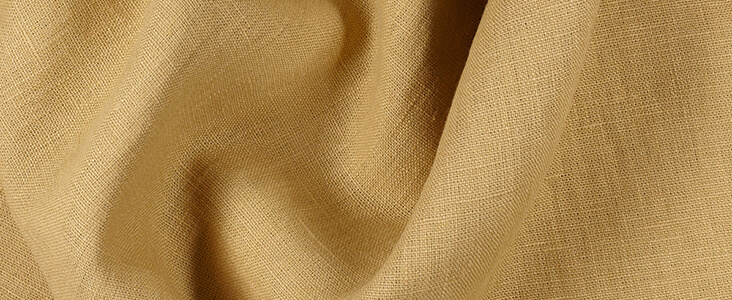
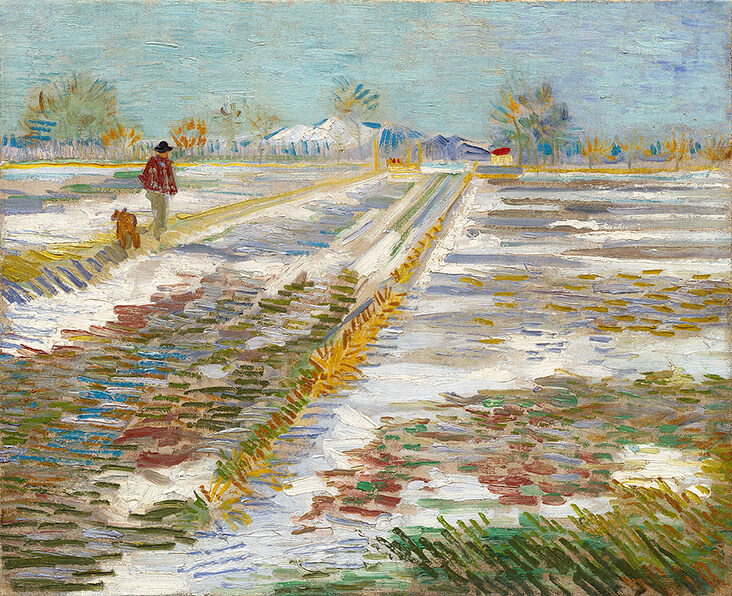
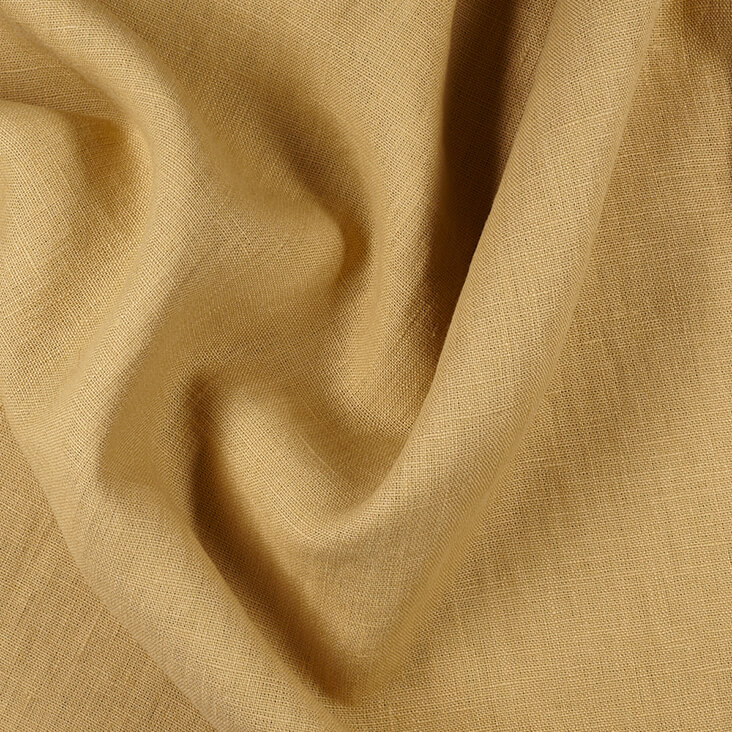
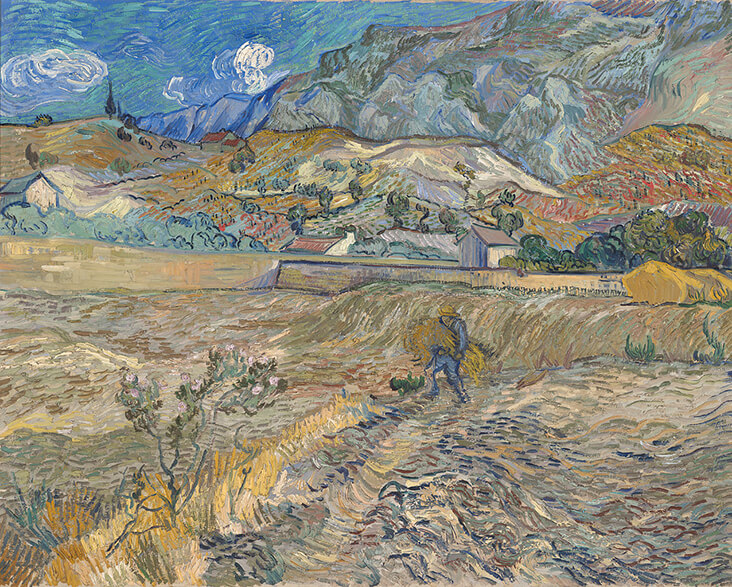

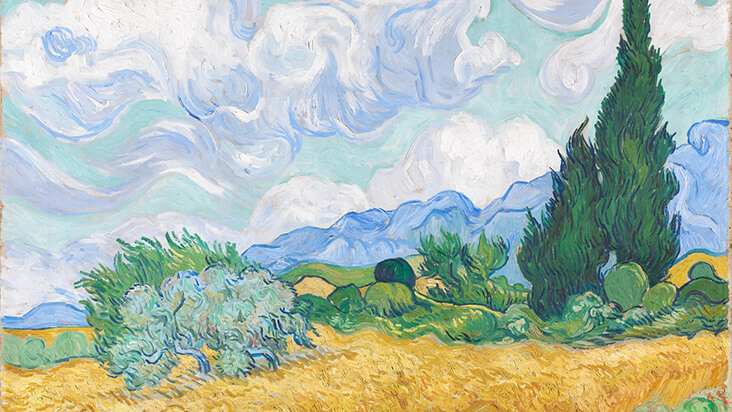


















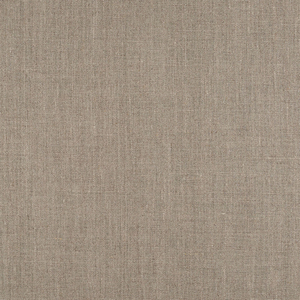

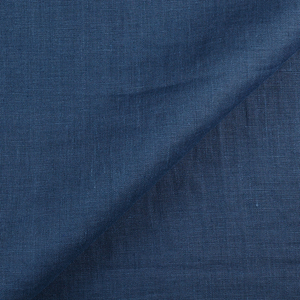






















One Comment
Rachel Denny
Thanks, Rosie! This tribute to Van Gogh is beautiful. Any chance to purvey his artwork is very welcome and the color you chose for the linen is perfect!
On another note, whatever happened to Zan Campbell of Fell and Fair?? I’ve missed his articles and costumes!